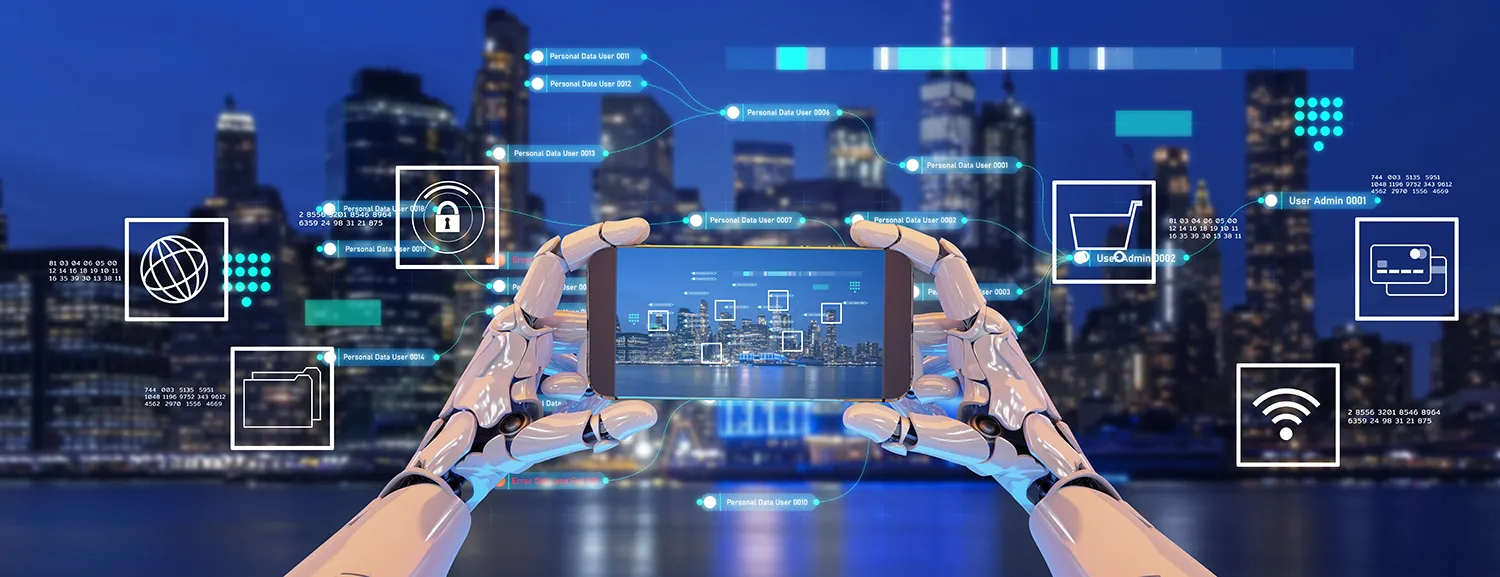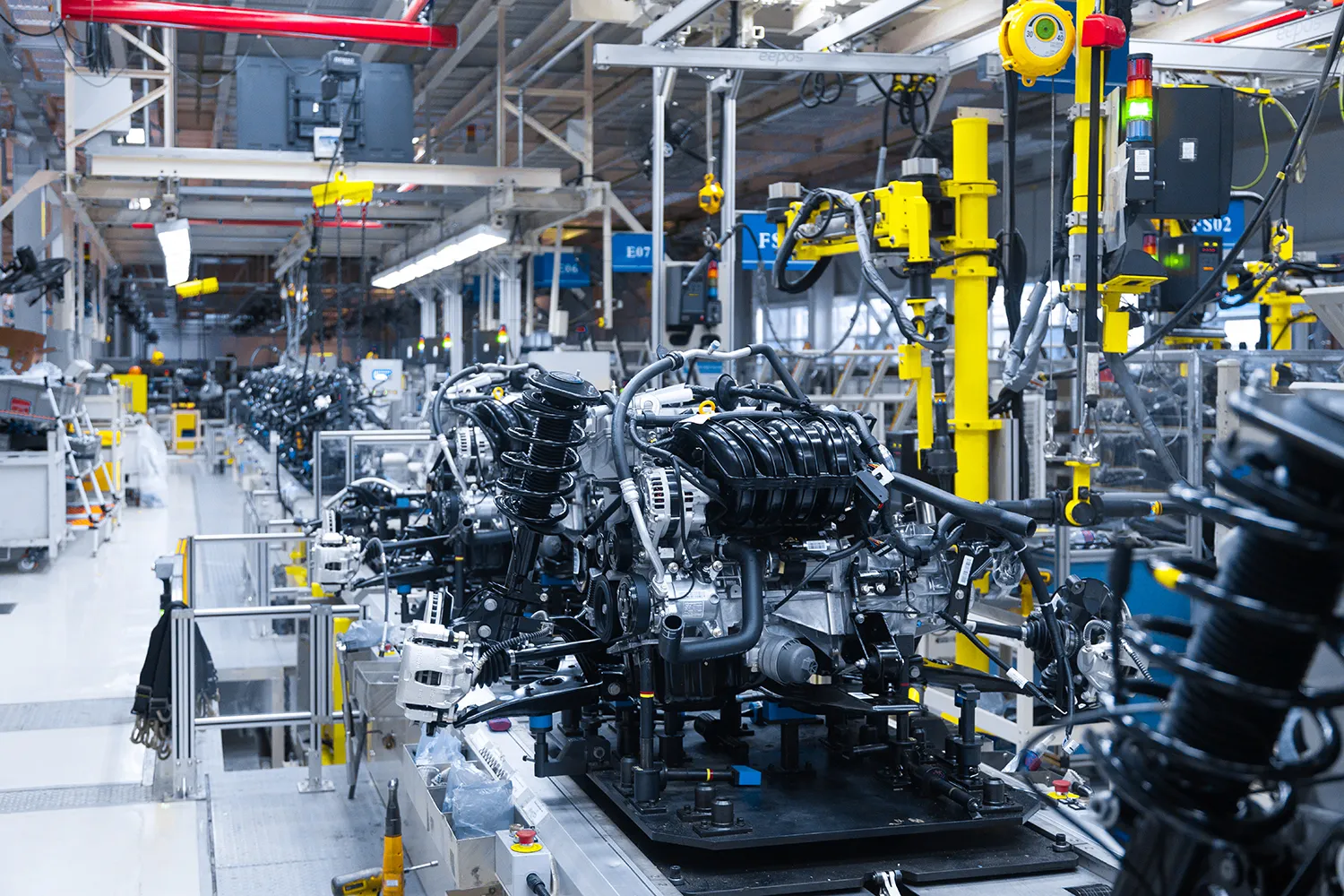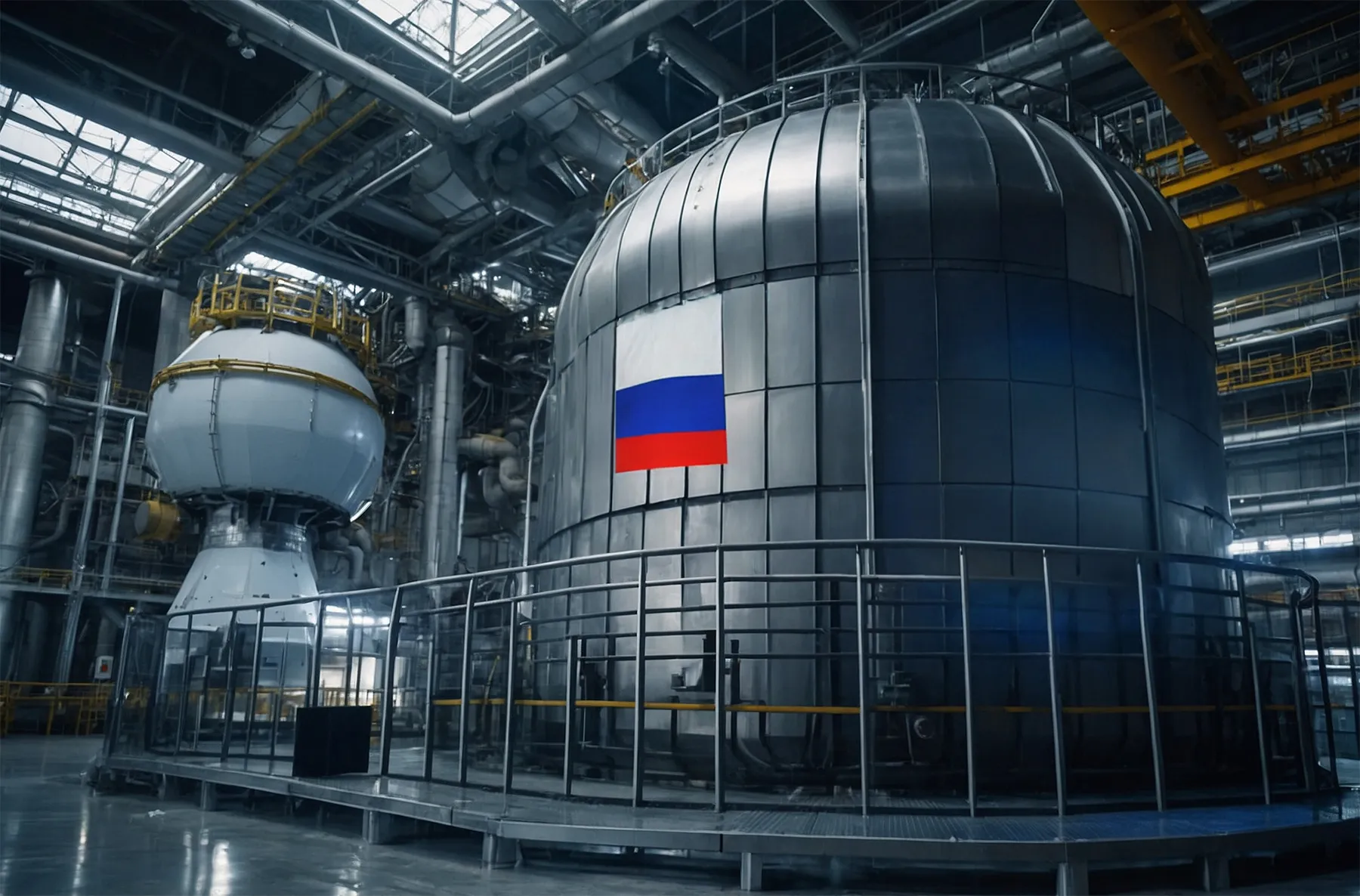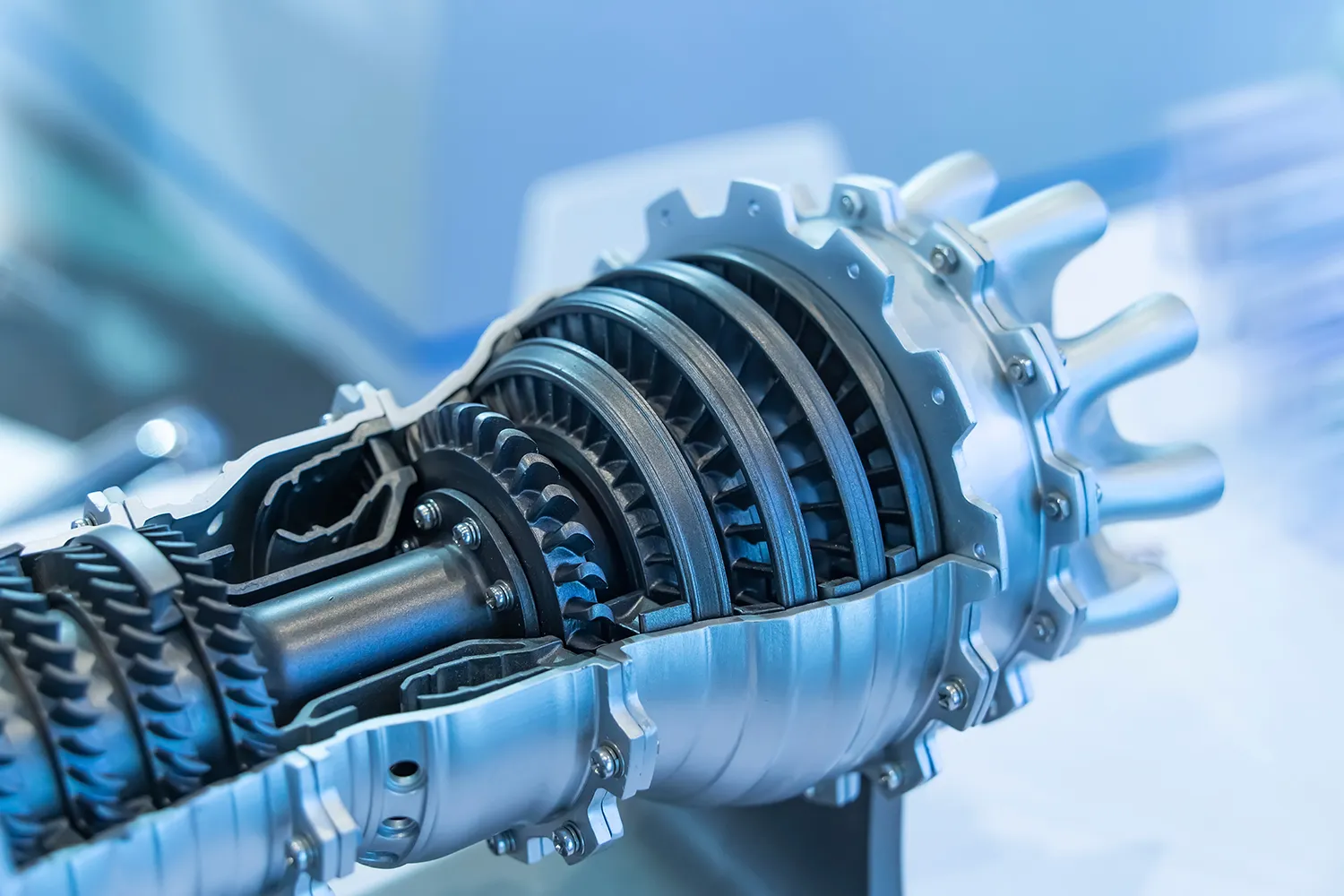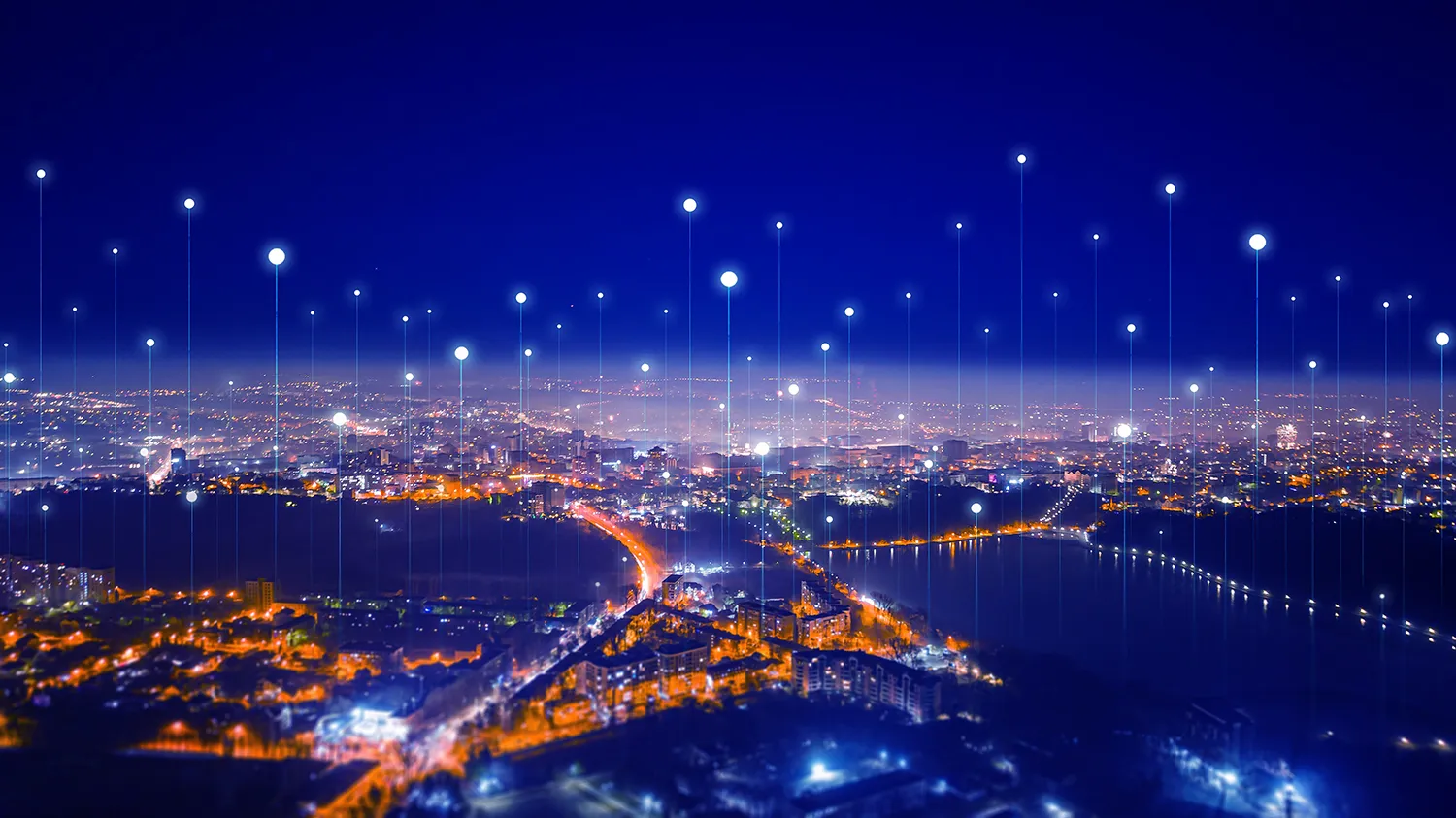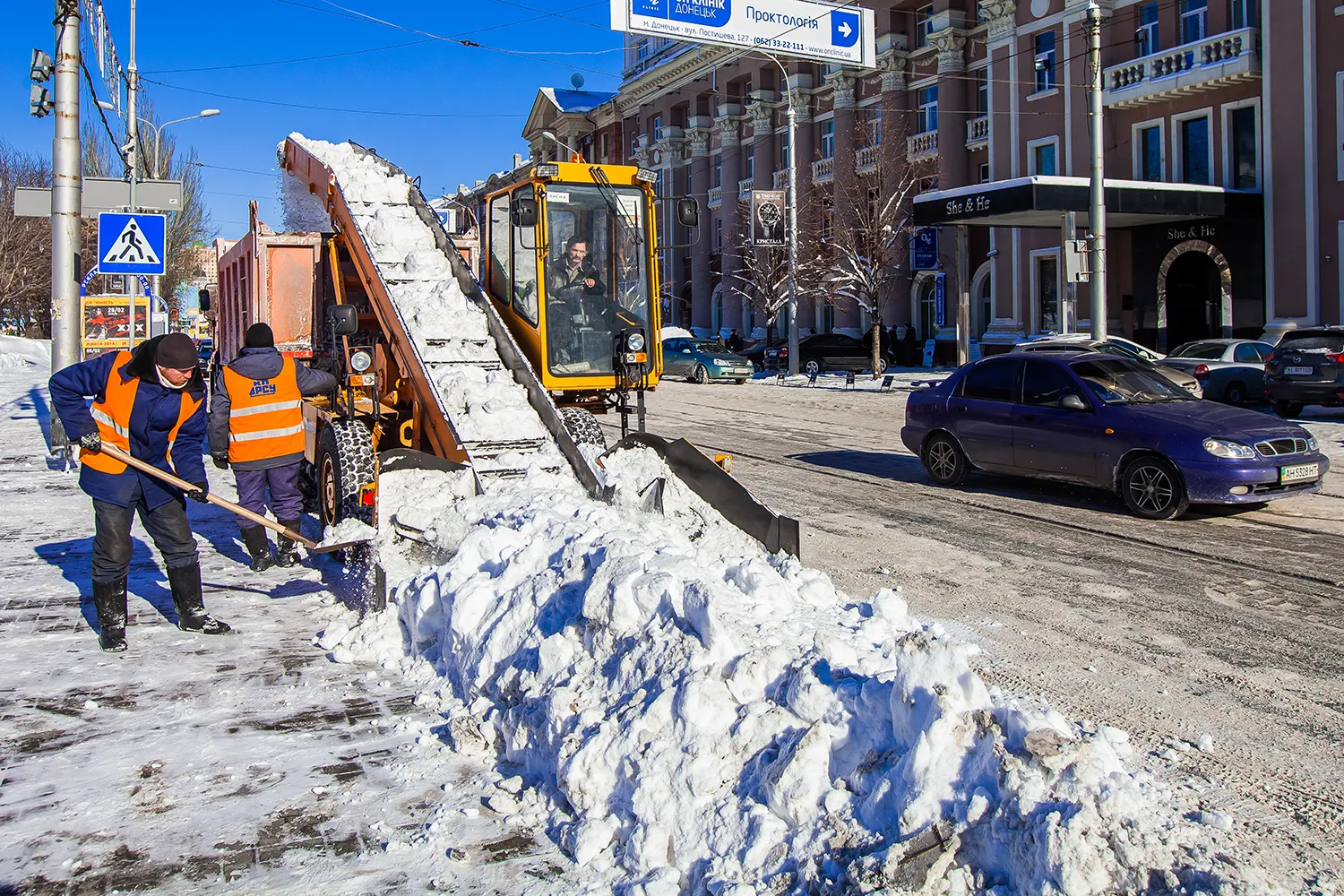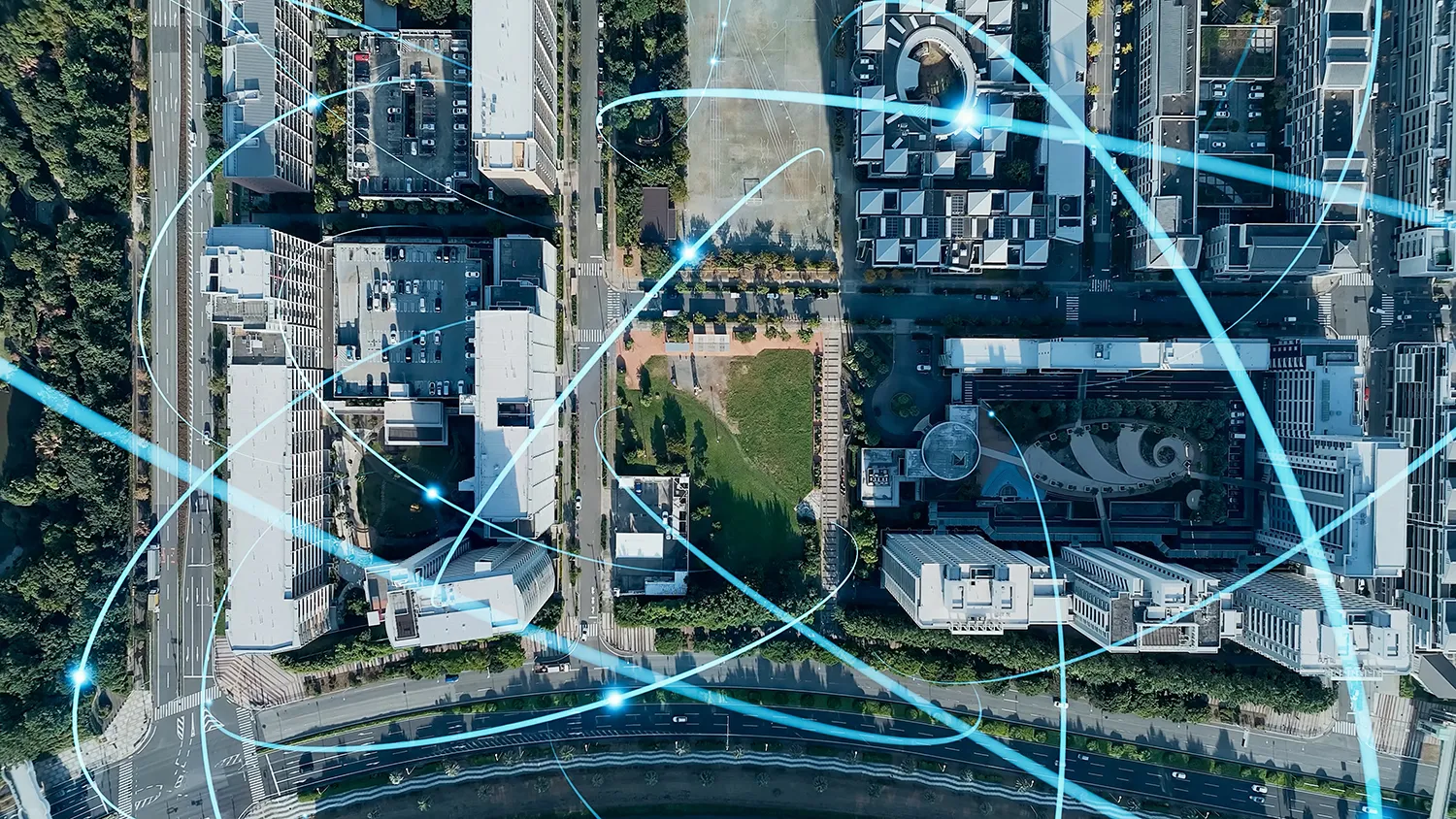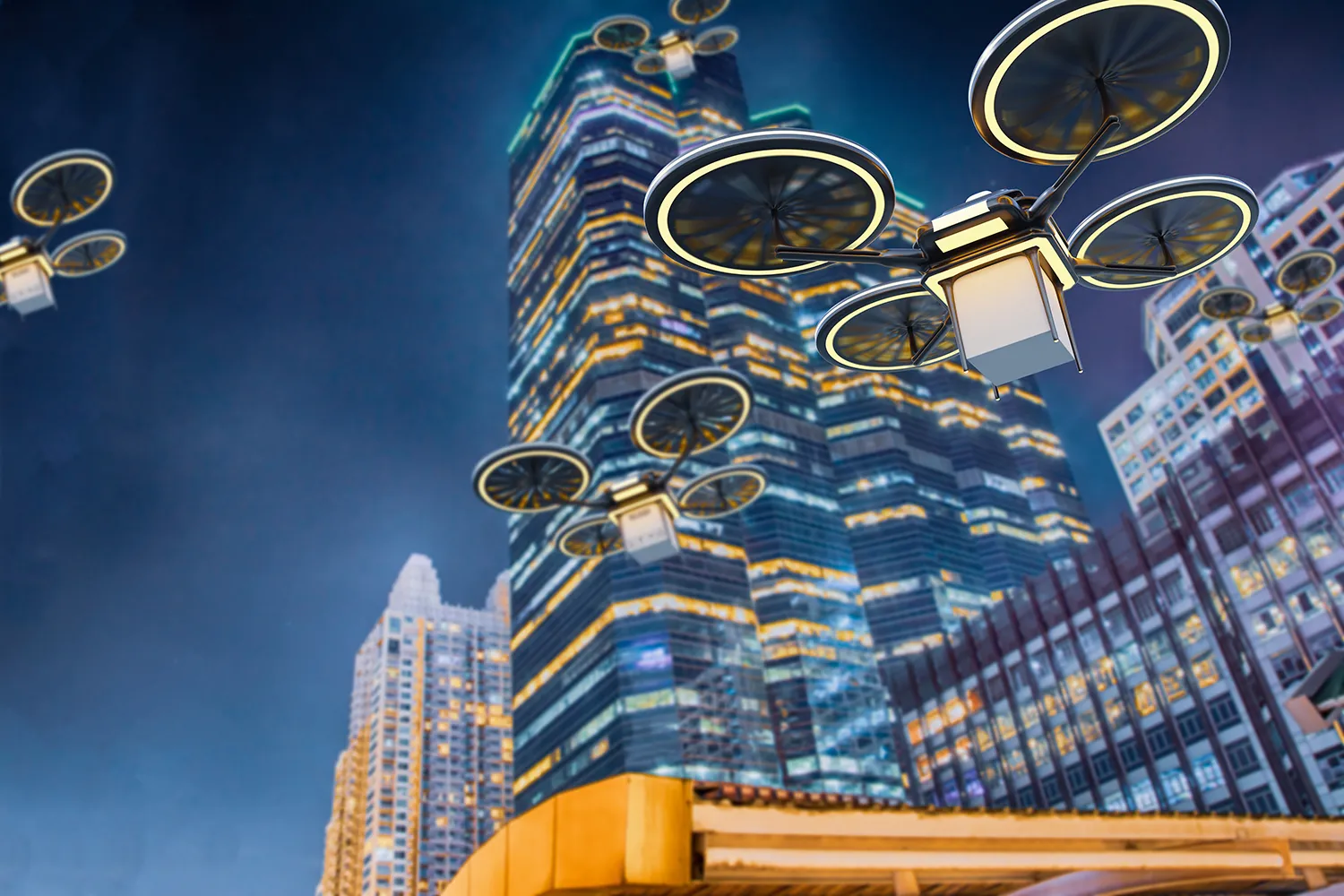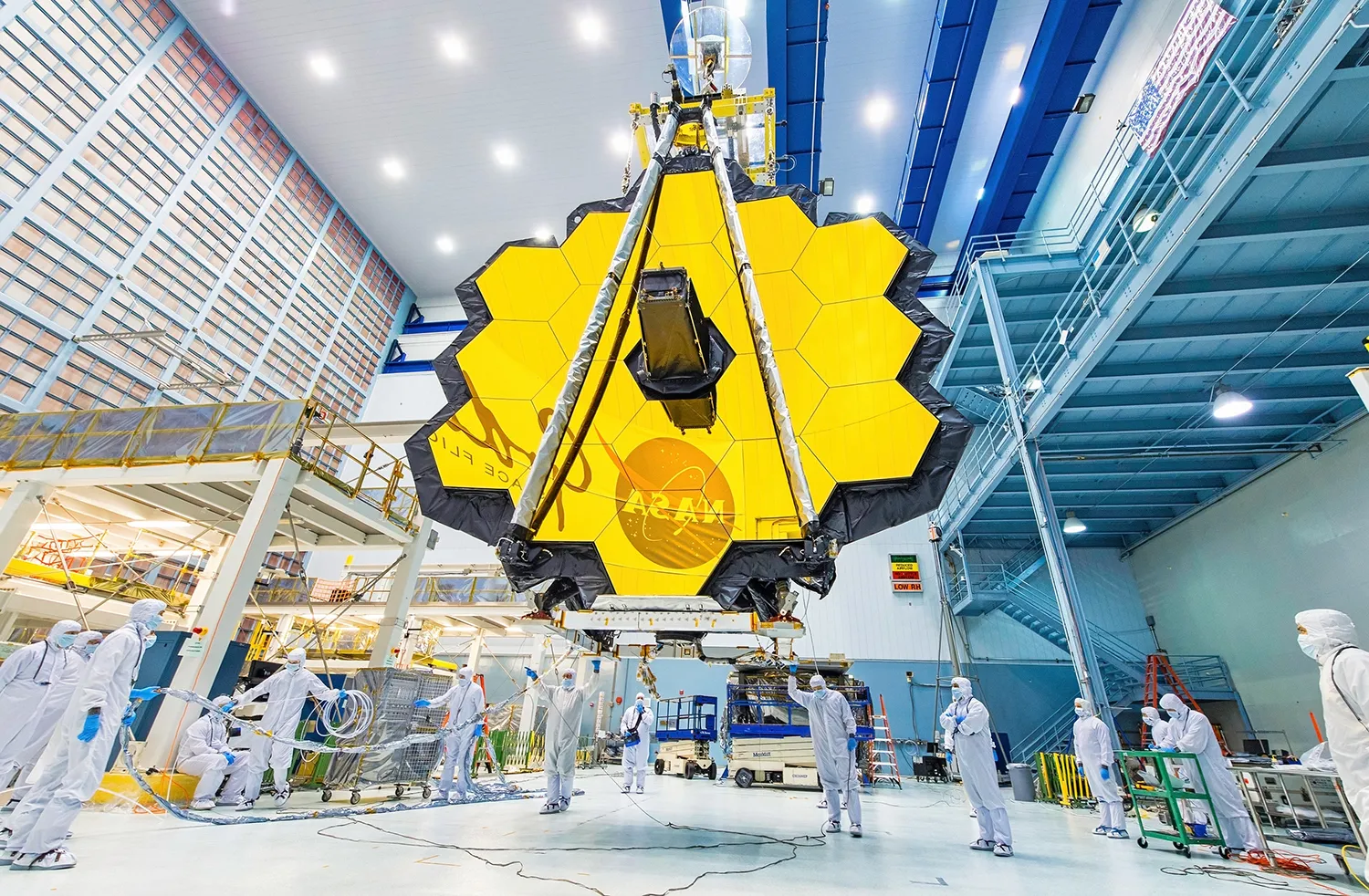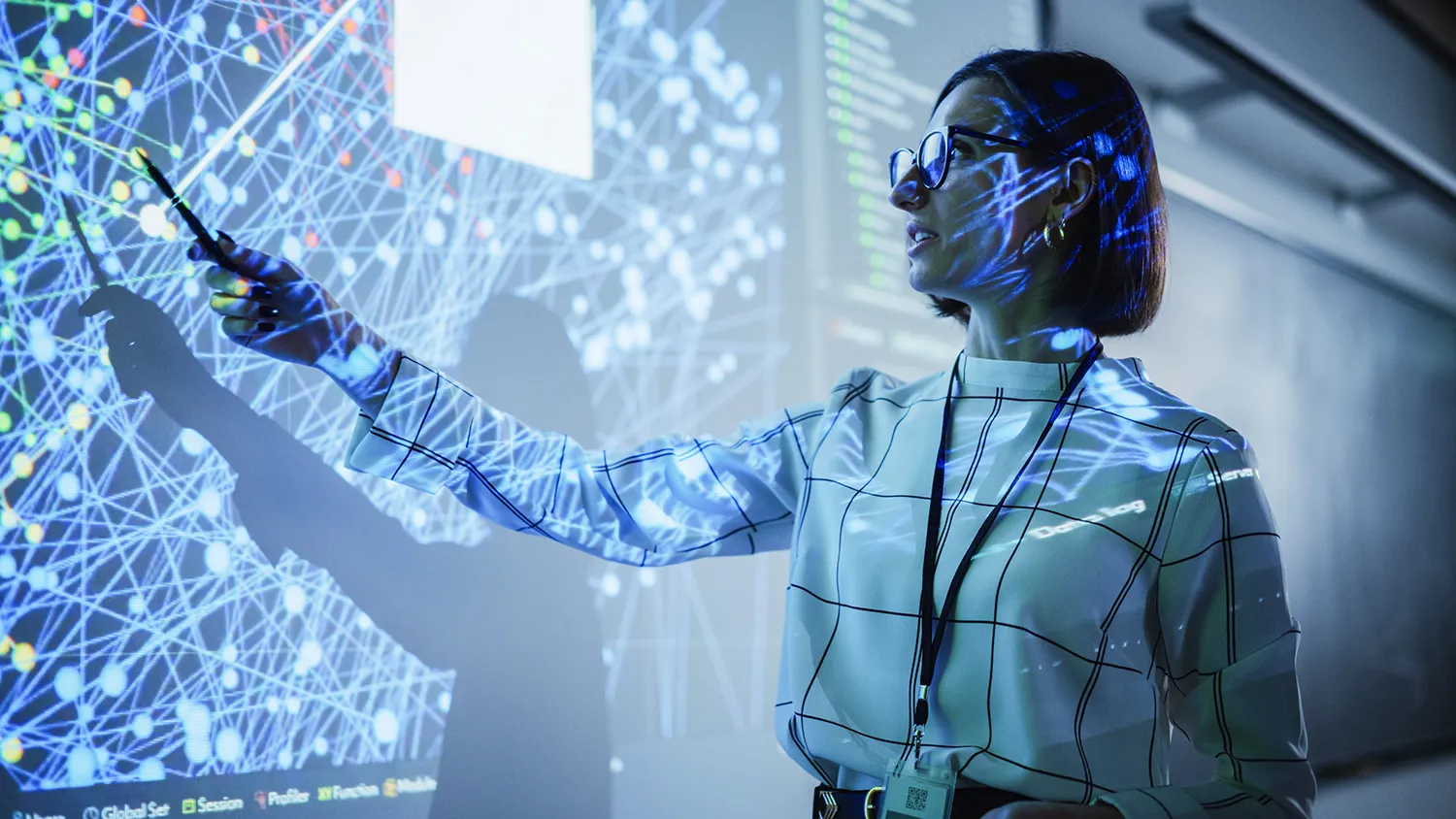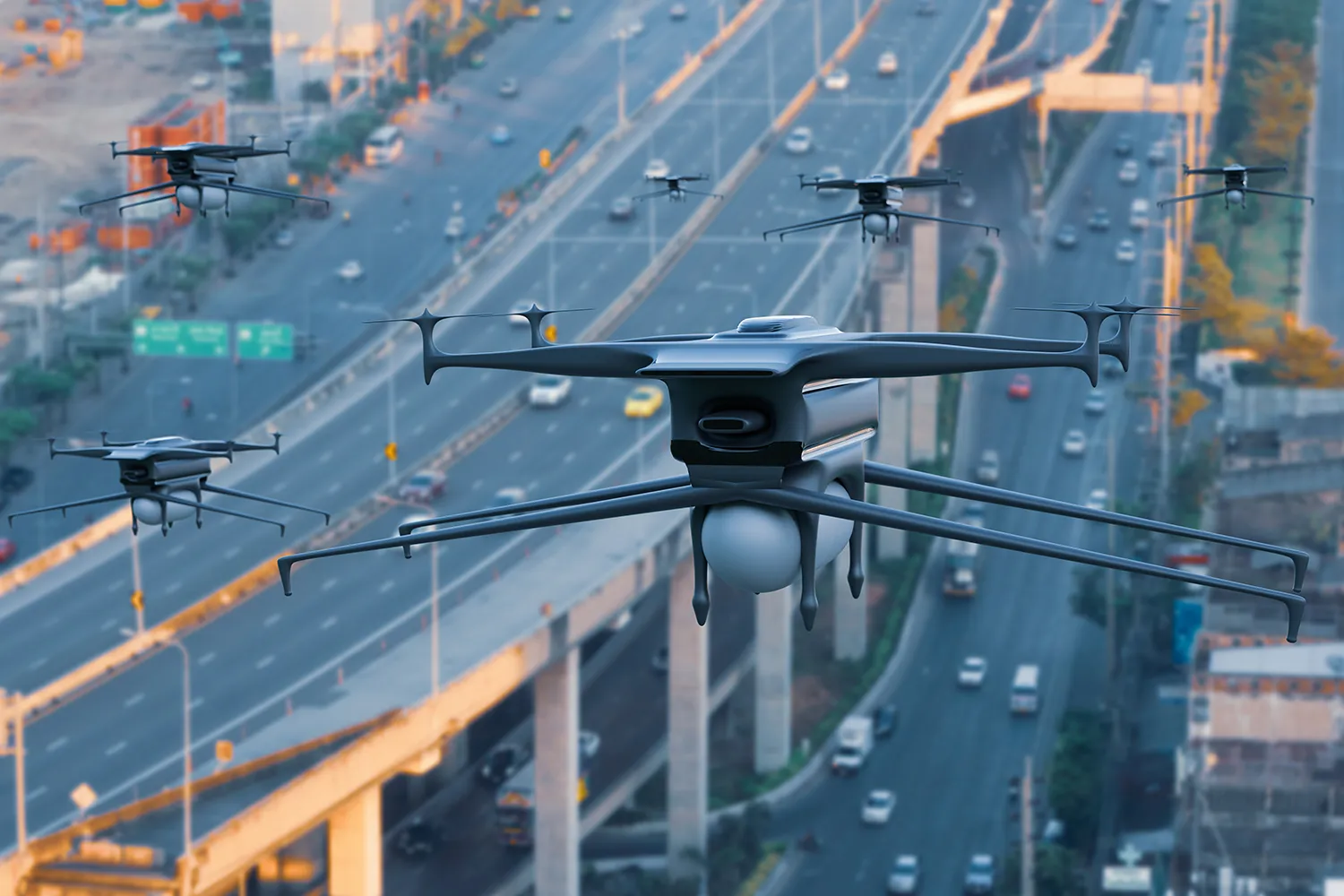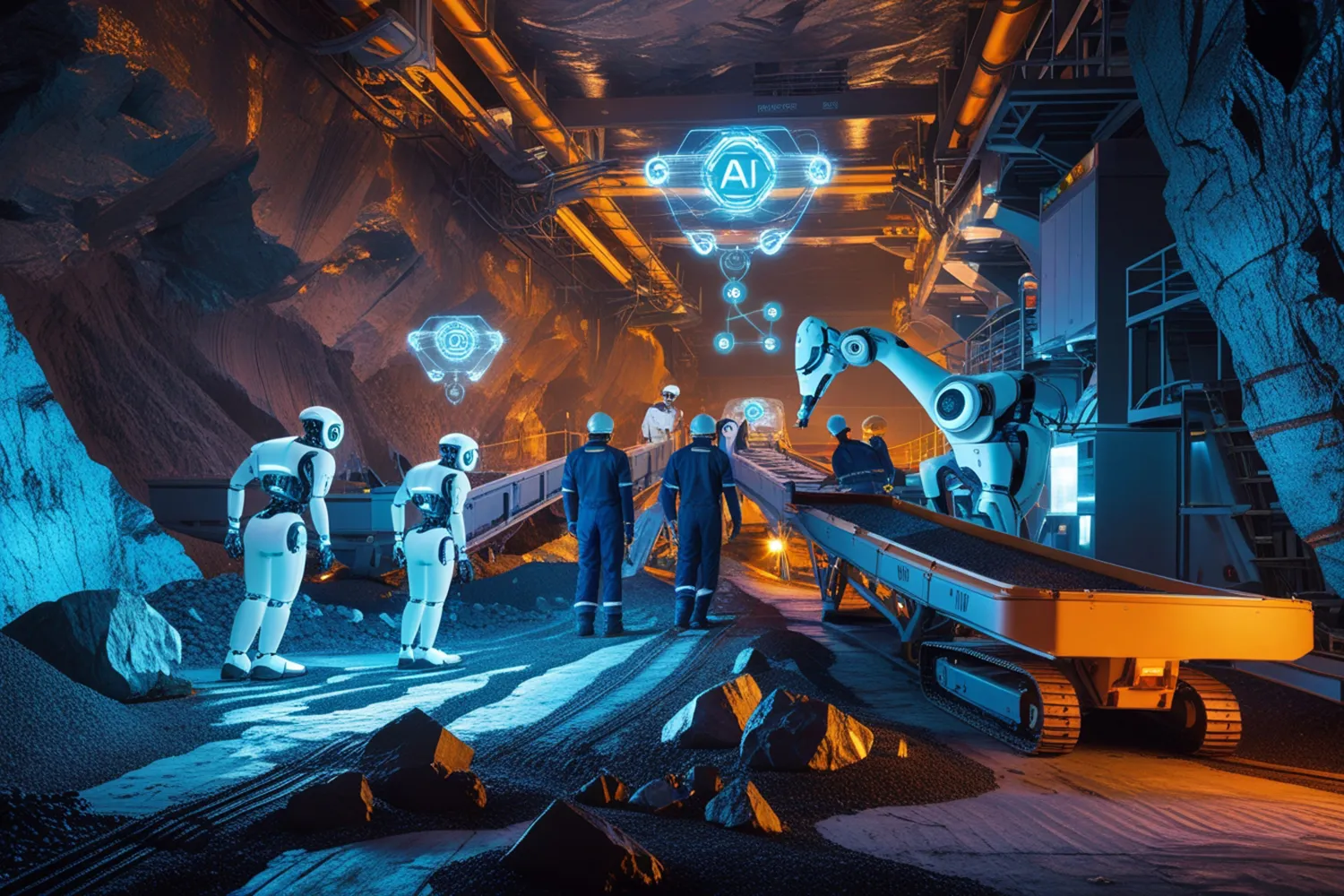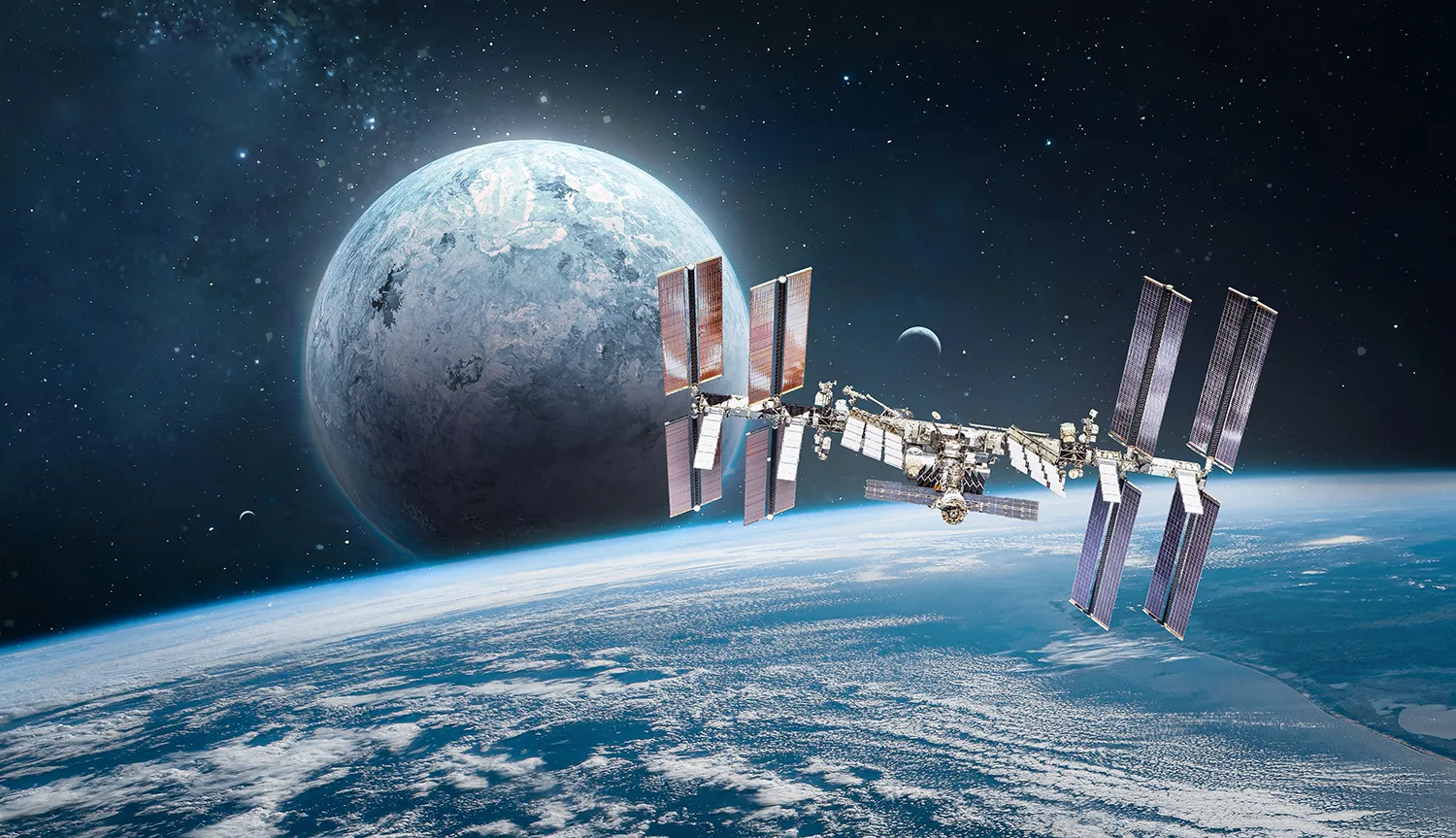Moscow Region Lights the Way: How AI Is Becoming a New Utility Worker
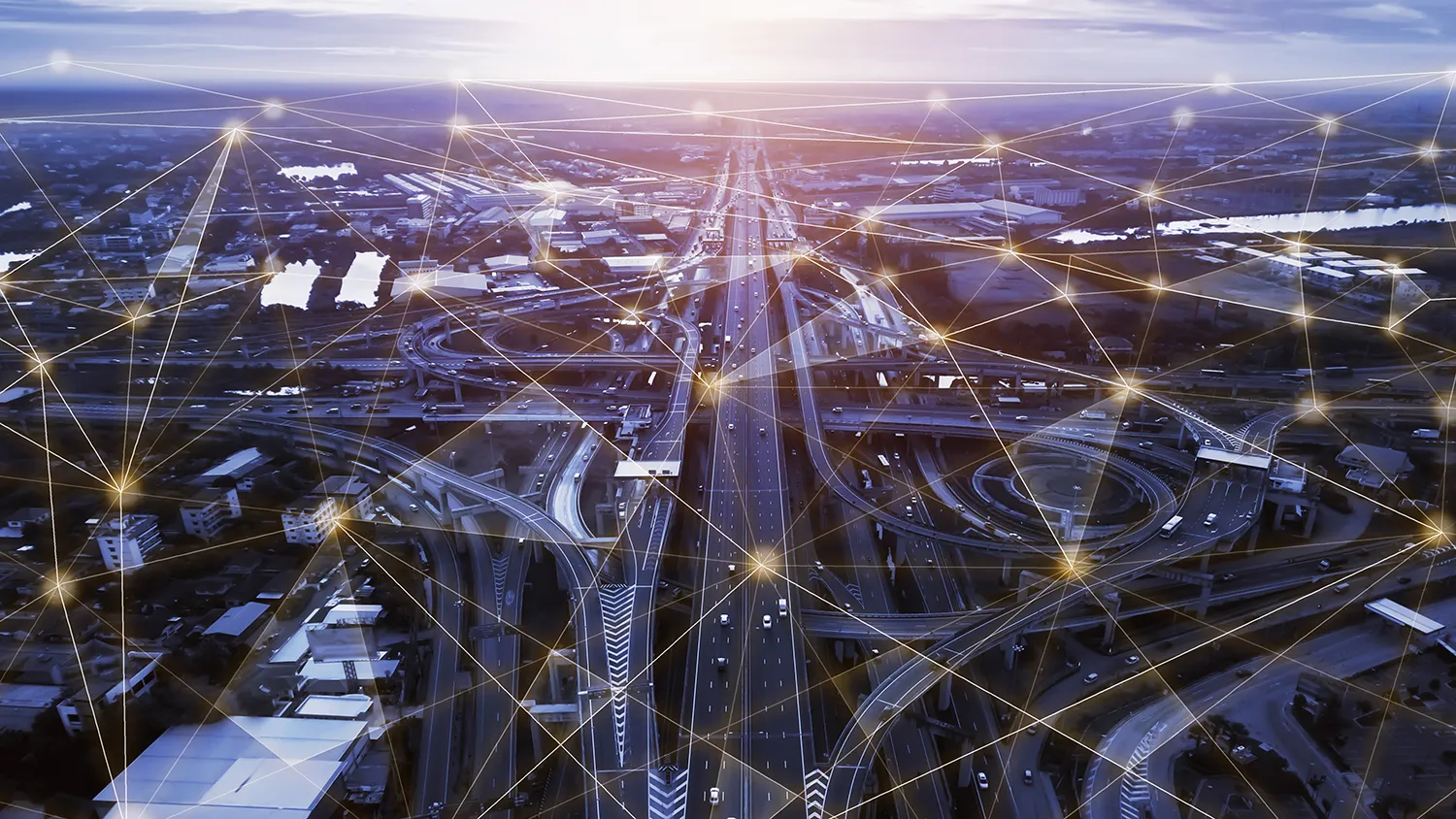
Two groundbreaking AI-powered utilities projects showcased by the Moscow Region at SPIEF 2025 are already improving quality of life for nearly 10 million residents.
Smart Lighting in Action
The smart street lighting monitoring system deployed in the Moscow Region uses AI to oversee more than 110,000 lights, 2,000 distribution cabinets, and 3,000 kilometers of electrical lines, analyzing power consumption anomalies. When a failure is detected, a chatbot automatically generates a maintenance request. As a result, over 7,000 issues were resolved in the first half of 2025.
Another AI-based project, “Clean Territory,” uses video analytics to monitor footage from 66,000 cameras installed in 7,700 courtyards under the Safe Region system. The algorithms detect snow buildup, trash overflow, and dim areas, triggering streetlight replacements and tracking execution. More than 15,000 lighting points have been restored.

For Russia’s IT sector, this is a milestone demonstrating regional and municipal readiness to adopt AI-powered infrastructure solutions. For city residents, the benefit lies in enhanced safety and reduced time spent reporting lighting issues to municipal authorities.
Where the Sector Is Heading
The example of the Moscow Region confirms that AI-based utilities projects deliver measurable results—accelerating service response and enabling the repair of thousands of faults.
Looking ahead, experts expect a shift from isolated smart solutions to integrated infrastructure management systems. These may include road condition monitoring, smart waste collection, and predictive diagnostics for water and heating pipelines, possibly integrated with city digital twins.
However, AI deployment in utilities is not without risks. Data accuracy is critical—camera or sensor errors can lead to false alarms. Compatibility with legacy utility systems remains a challenge, and scaling such technologies nationwide could require tens or even hundreds of billions of rubles in investment.
From Sensors to Prediction
Over the past five years, Russia has launched multiple digital utilities initiatives, including smart lighting pilots in Moscow and St. Petersburg and the Safe Region AI system to support law enforcement. Local-level lighting monitoring platforms have emerged, and the Moscow Region is now scaling AI solutions region-wide.

Outlook
By 2026–2027, analysts predict that one in three utility management companies in Russia will use AI-based solutions. Russian platforms are already being adapted for markets in the CIS and Europe.
Moscow Region’s projects are no longer experimental—they are operational and successful. AI has proven capable of more than just measuring energy consumption; it can anticipate infrastructure failures. The next step is comprehensive management of water, heating, and electricity systems.



